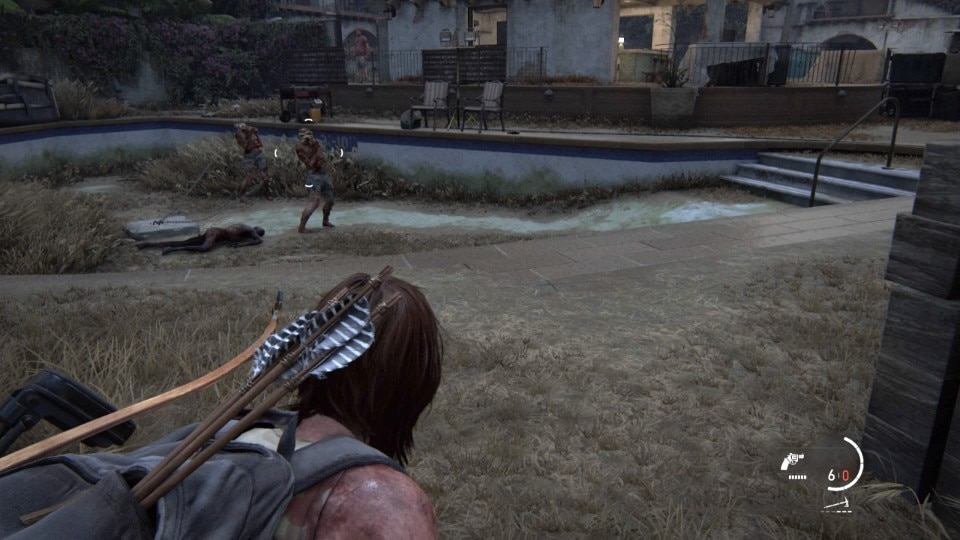Literature expresses its message in words, music does so through harmonies, theatre via the stage, the cinema has the cutting room and third-person videogames offer environments to explore. For as long as it has been possible to play in this manner (more or less since the times of Super Mario 64), videogames have developed a series of skills that, alongside the actual dynamics of the game, the aspects that engage the player in a test of manual ability and problem-solving, tell a story through the places in which the game is set. This is not something that has happened overnight. It has taken years to develop this language that assigns a certain responsibility for the story to locations, but now almost all the best games that are not open world (in which a player can move freely but in enclosed spaces) use architecture and furniture to express everything that is not verbally expressed by the characters.

The Last of Us II, which has just been released for the PlayStation 4, is an example of excellence in its genre; a videogame designed with frightening detail to present - through its 30 hours of gameplay and plots, with a blend of flashbacks and personality changes - something that is extremely complex: how to come to terms with the meaning of the lives that we live, and the fact that human brutality is a virus, a spiral that consumes whoever it infects.
These are all concepts that would be poorly represented through dialogue, ill-fitting in a monologue, and undervalued if expressed by the characters, and therefore they are presented in other ways. In a third-person videogame, these “other ways” are represented by the architecture and the design of environments.
There are some passages in The Last Of Us II that have been created and designed specifically to express concepts exclusively through environments, and others in which the environments introduce the mood, while elsewhere the way spaces are organised explains concepts that we are not yet aware of, or things from the past within the story that we need to understand. As is the case with the best of works, instead of being spoon-fed with explanations, we are left to draw our own conclusions from what we perceive, and in fact videogames are the best way to do all of this through architecture, because they allow for the creation of three-dimensional environments that can be lived and experienced just like the real world.
A warning: from this point onwards we will try and present a few examples, and inevitably we will be entering the realm of potential spoilers, examining some details that even concern the game’s finale. This is the case with both text and images. Browse the gallery to discover the 6 main environments of the game, analyzed and commented.




































